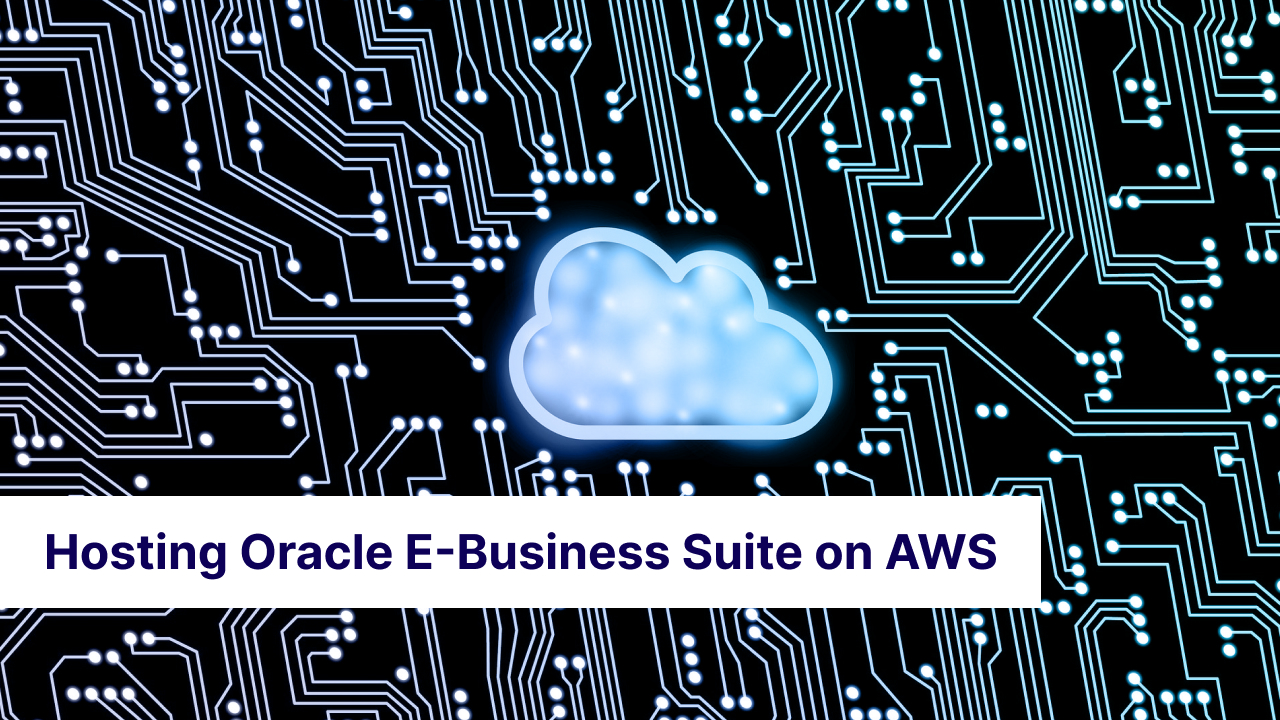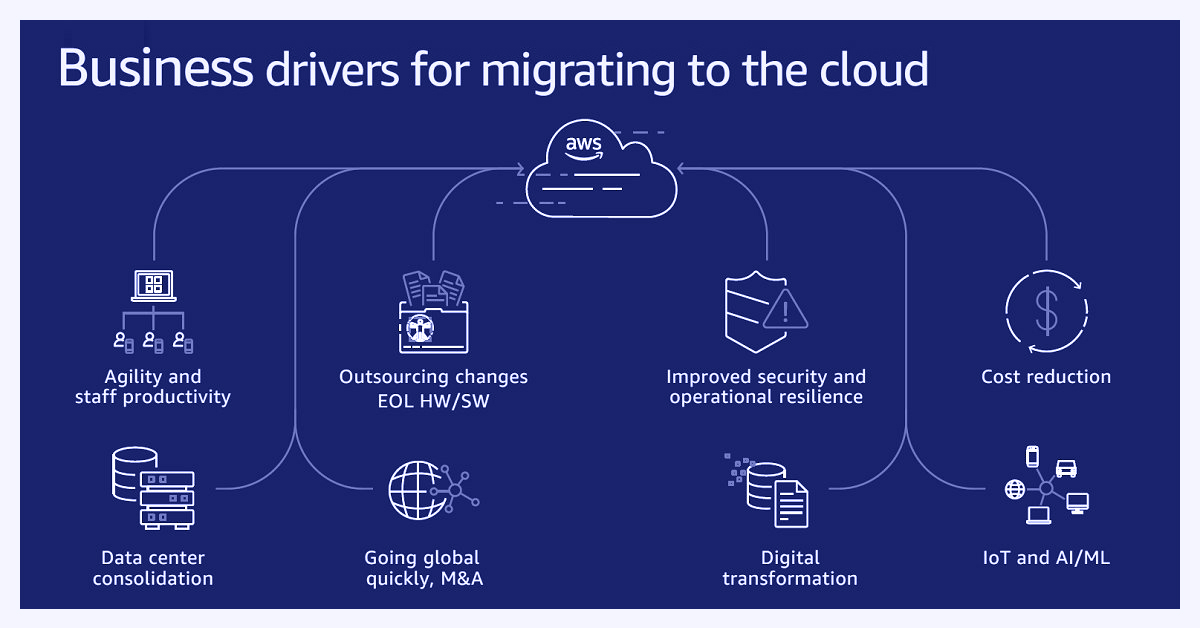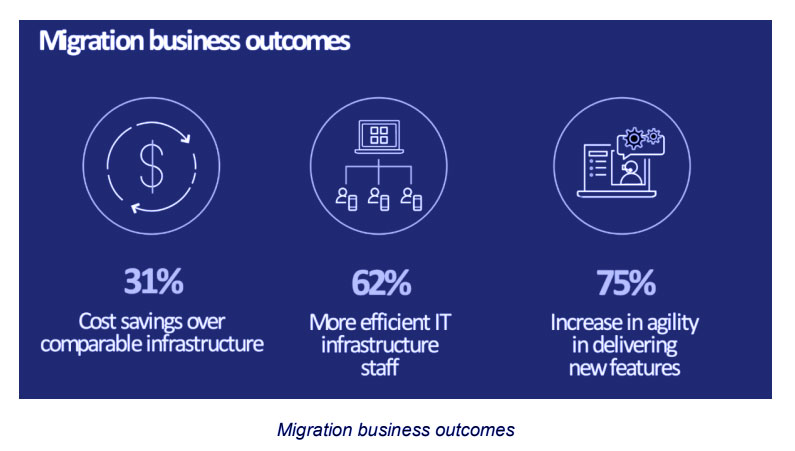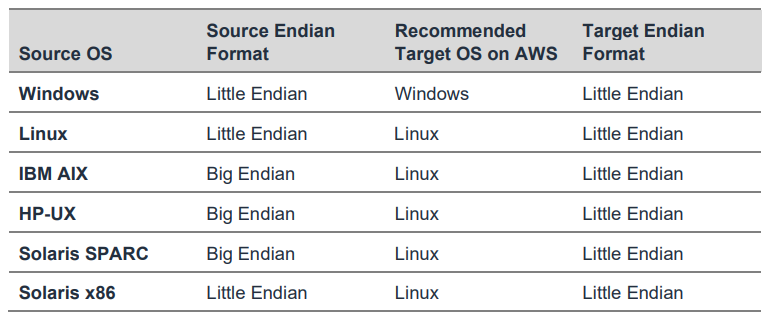Hosting Oracle E-Business Suite on AWS

Benefits of hosting Oracle E-Business Suite on AWS?
Customers can gain all of the benefits of a mature cloud platform (such as cost savings, performance improvements, and higher availability) without making large upfront investments by migrating Oracle E-Business Suite to AWS. Oracle customers enjoy choice, flexibility, and cost management with over 200 AWS Cloud services.


Migration Considerations
1. Edge applications – AWS Application Discovery Service or TSO Logic, for example, can provide relevant information on applications and systems that interact with Oracle E-Business Suite. Examine the edge applications to see if they should be moved to the cloud initially or later. This will also assist you in calculating the impact of moving to Oracle E-Business Suite.
2. Current System Utilization – Check the current utilization of Oracle E-Business Suite application servers, database servers, and concurrent processing servers. Over the course of a few weeks, utilization must be monitored, noting peak periods for input/output (I/O) and database throughput capacity. This information can be obtained utilizing various monitoring systems currently in place inside your firm. Discovery tools like AWS Application Discovery Service or Migration Evaluator can provide data on current system use and suitable instance sizing on AWS as part of a migration effort.
3. Target instance types – To support the real-time and batch workloads, create a database instance for the I/O and throughput that you saw on-premises.
4. Downtime – After the migration and setup are complete, you must arrange for a downtime to cutover to the new production instance. You can utilize a variety of methods to reduce downtime, which are covered in the following sections.
5. Recovery Point Objective (RPO) /Recovery Time Objective (RTO) – As you shift to the cloud, you can strengthen your current service level agreements (SLAs). For high availability, AWS recommends running the Oracle E-Business Suite production system across multiple Availability Zones (AZs) inside the AWS Region (HA). Each Amazon Elastic Compute Cloud (Amazon EC2) instance in an Availability Zone provides 99.99 percent infrastructure availability. You can also have a multi-Regional disaster recovery setup based on your needs (DR).
6. RAC vs. non-RAC – You might be using Oracle Real Application Clusters to run your current production databases for Oracle E-Business Suite (Oracle RAC). While RAC improves availability and throughput, you can achieve a similar degree of performance and availability without RAC on AWS by leveraging appropriate AWS services and additional Oracle HA solutions like Oracle Data Guard. Consider the total CPU, memory, and throughput values from all RAC instances when sizing database nodes on AWS.
7. Homogeneous vs. heterogeneous migration – Oracle E-Business Suite migration can be homogeneous or heterogeneous, depending on the source operating system (OS) you’re migrating from. To determine your migration type, look at the table below. The heterogeneous migrations of Oracle E-Business Suite are those in which the Endian formats for the source and target OS differ. Heterogeneous migrations are more difficult since only a limited number of tools are available for migration, and comprehensive testing is required.

To learn more about these methods and to take your first step towards moving your E-Business Suite to AWS Cloud, reach out to us at sales@ibizsoftinc.com







There are no comments yet.